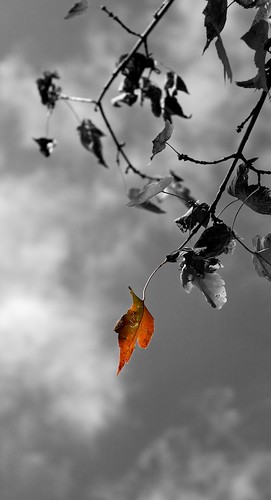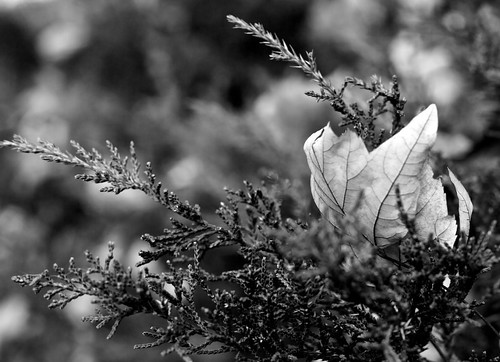Origin: South Korea
Year: 2008 (I'm pretty sure, anyway)
Vendor: Hankook Tea Company (Product page)
Price: $25.99 (50g w/ tin)

More Korean tea, woooo! This time, it's a Korean "Hwang Cha;" literally "yellow tea," though I'm pretty sure it has nothing in common with Chinese yellow teas. It is much more like an oolong, in that it is partially oxidized. According to Hankook Tea's site:
As usual, I am totally confused about the production of Korean teas. I do have a book on Korean green tea though, which I really should reference at some point; I'm posting about another Korean green (with a twist) soon, so maybe then.

Back to the task at hand. Contrary to the vendor's description, I don't smell much of anything in this tea. The dry leaf smells just a bit like milk chocolate, but only if you dive nose-first into the tin. Speaking of the included tin, it's pretty cool. I'm having a hard time figuring out what it is made of, but regardless it seems like a good tin. It has an inner plastic lid beneath the outer lid, which helps keep it airtight. It's probably not as well-built as some other tins, notably Rishi's and O-Cha's, though.

Though I usually prefer to brew wrong-fu style, this tea is much better when less leaf, more water, and more time are used. When brewed in an infuser cup, such as the one I ordered from Hankook (which is the subject of yet another upcoming post), this tea is tasty. The flavor is best described, by my limited palette and vocabulary anyway, as chocolatey with a healthy dose of nuttiness.
It isn't very complex, which is a bit disappointing considering its price, but it is a solid and drinkable tea that doesn't require much thought to brew or enjoy. It endures a quite respectable number of infusions too, even when brewed western-style in an infuser cup. All that said, I can't recommend it, unless you have some money burning a hole in your pocket. While good, it sure isn't worth this staggering price.

On a photographic note, I seem to be incapable of capturing fall colors. When I finished processing my latest batch, I realized that I had converted them all (well, almost all) to black & white. The colors are gorgeous, yes, but they just make it all the more enjoyable to work with color filters. :)



5 comments:
Brent,
It is most unfortunate that perhaps the only yellow tea on the international market is not that good because there are such wonderful hand produced yellow teas in Korea. One has never tried this tea but has bumped into Han Kook's greens on a few occasions.
This is the main problem with Korean teas: they are often overpriced due to the high demand for good domestic teas and because most involve some sort of labour intensive production, unlike the completely mechanized tea production found in Japan.
Hope your other Korean Teas that you ordered treat you better than this one.
Peace
I love the photos. I've been curious about hwangcha and I'm sorry to read the tea didn't impress. But the colors were beautiful.
Matt,
I apologize if my review seemed to generalize about all yellow tea. Your recent post on one was the first time I had even heard of it, so I knew from the start that there was some good stuff out there somewhere!
Not to spoil the surprise, but the other one I ordered at the same time wasn't all that spectacular either. It was decent, certainly not bad anyway, but I think it suffered from the problems you have pointed out here.
C'est la vie!
Yumcha,
I wouldn't give up on hwang cha as a whole, but I can't recommend this particular one. If you find another, do try it and let us know what you think! :)
Thanks to you both for the comments,
Brent
Great Post Brent. I have really been meaning to try Korean. The more I read the more I want. Awesome pictures :D
Just joined your discussion. I don't really know a lot about tea but being a tea ware potter I know a little and even have the audacity to develop a tea tour to Korea where I'm sure we will find some good yellow tea (as well as green and a great selectoin of tea ware artists). From what I understand hwang-cha is air dried on Korea's famous ondol heated floors. Thats opposed to culdron drying and hand kneading like their best green teas. Does anyone know more details about the making of Hwang-cha?
Incidentally the tea tour will be small and intimate and information can be found at www.TeaTourKorea.com. An Songjae and Hong Kyeong-hee (authors of the Korean Way of Tea) will host the tea section of the tour. They probably know about yellow tea as well.
Post a Comment
Note: Only a member of this blog may post a comment.